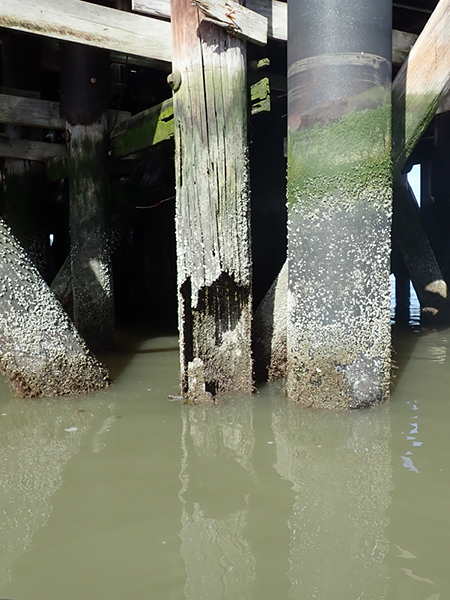Evaluating Deteriorated Timber Marine Structures

Timber marine structures—such as wharves and piers—are especially vulnerable to long-term deterioration from repeated wave loading, biological attack, and limited repair access. As these structures age, owners often ask engineers to assess their condition and prioritize repair budgets in advance of known demolition timelines or major capital upgrades. In this webinar, we will present a case study based on a multi-year inspection program for a timber wharf with more than 1,000 piles. We’ll share how we tracked damage progression, estimated future damage using service life forecasting, and evaluated the remaining structural capacity of deteriorated piles by applying reliability methods. Finally, we’ll explain how these methods helped refine repair priorities by identifying them as urgent or safely deferred. Attendees will leave with a better understanding of how to approach repair prioritization for aging marine infrastructure in a more data-driven and risk-informed way.
LEARNING OBJECTIVES
After attending this webinar, participants will be able to:
- Understand how deterioration progresses in timber piles over time and the primary factors that contribute to damage in marine environments.
- Identify techniques for forecasting future pile deterioration using inspection data and service life modeling.
- Recognize strategies to prioritize and phase structural repairs based on urgency, redundancy, and demolition timing.
- Discuss how reliability methods can be applied to evaluate remaining capacity in damaged timber piles.
Participants will earn 1 AIA CES Learning Unit (LU/HSW) for attending the webinar. Registration is free. Please note that space is limited – email events@sgh.com to join our waitlist if the session is closed when you register.


